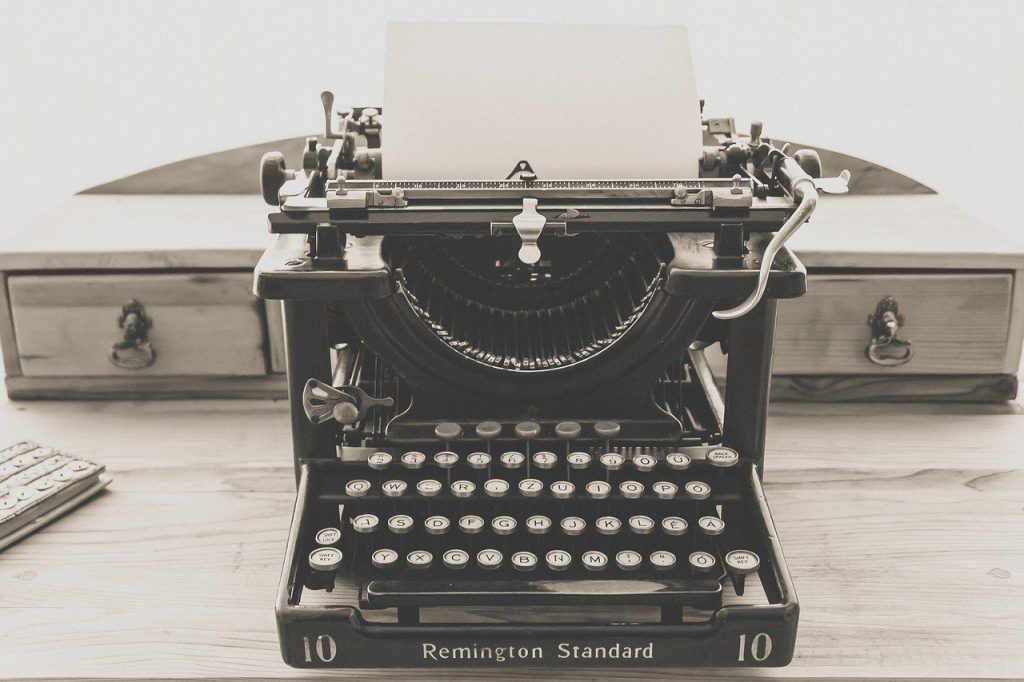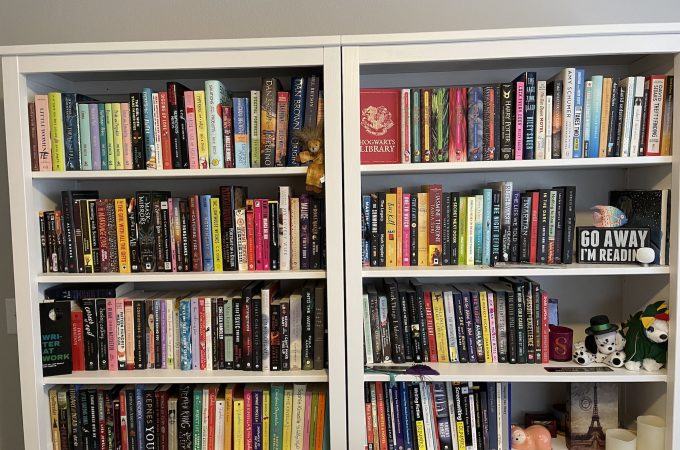
How to add better subplots to your story
I’ve said this in other writing posts, but it’s worth repeating: no one wants to read a story about someone living a perfect life with no conflicts. We thrive on seeing main characters fight for what they want and overcoming obstacles – and one fun, easy way to throw some conflict in your main character’s path is with subplots.
What is a subplot?
A subplot is a secondary storyline that runs in the same timeline as the main plot. Subplots are used to build the story’s world, add conflict, and offer a chance to flesh out your characters more.
There are several ways writers use subplots:
- Slow the main plot’s pace: Books would be quite short if we only followed one plot! Subplots break up the story and allow us a change of pace and scenery as we explore different parts of the story. This can also help build suspense and raise the stakes.
- Reaffirm theme: Subplots can be a great way to expand on your novel’s theme and show it in action.
- Reveal backstory: Don’t let your protagonist simply tell readers who they are, let a subplot show them! This use can also help us better understand the protagonist’s internal and external conflicts.
- Reveal information: Subplots can be great ways to introduce information to the protagonist without info dumps or the protagonist magically divining this information on their own. Depending on the POV of the story, the protagonist might not even be privy to this info, just the readers which can up the tension even more as they wait for the main character to catch up.
- Training: It’s not uncommon to see subplots used to help the protagonist combat their flaws and learn the skills they’ll need to defeat the antagonist at the end.
- Searching: Characters may go off on side quests to obtain objects or things they need to have in-hand for the climax of the novel.
- Relationships: Many authors use subplots to add romance or strengthen friendships between their characters.
The Harry Potter series offers some great examples of subplots throughout the seven-book run:
- Harry attending magic classes at Hogwarts
- Hermione championing SPEW and trying to help the house elves
- Hermione knowing Rita Skeeter’s secret so she can use it against her at an opportune moment
- Harry’s romances with Cho and Ginny
- The will they/won’t they? between Ron and Hermione
- The Quidditch games
- Nearly Headless Nick’s attempts to join the Headless Hunt
- Professor Snape and figuring out where his loyalties lie

Writing better subplots
Need help writing subplots into your work in progress? These five tips should help get you started.
Your subplots should follow story structure
Subplots are essentially mini plots, and like your main one, they should have structure. The framework for your subplots won’t be as grand as your main plot but they should have a beginning, middle, and end. Don’t introduce something that won’t be wrapped up by the end – unless you’re writing a series and we’ll revisit these subplots later.
They should connect
Plots and subplots shouldn’t work against each other and should ideally show different parts of the main story. This works well in thrillers as we readers try to figure out where the main plot and subplot intersects and what will happen when they do. Subplots should have an impact on the main plot and not just exist because the author needed to pad out their word count so they sent their protagonist on a journey for no real reason.
Switch up the POV
By writing in second- or third-person you can easily get away with sharing vital information with readers without giving away the plot to the protagonist. If you’re writing in first-person, switch up a chapter here or there that gives us insight into what the antagonist is doing or what’s happening outside of the main character’s point of view.
Red herrings
Another popular use in thriller books, but you can use subplots to draw attention to your red herrings and divert attention away from the real villain.
Don’t steal the limelight
Subplots shouldn’t steal attention from the main plot nor overshadow it. If you find your subplots taking over the story, you might need to trim down the scope a bit or rework some scenes to make sure the main plot is still, well, the main plot!
What other tips do you have for writing subplots? Share your ideas in the comments below!




